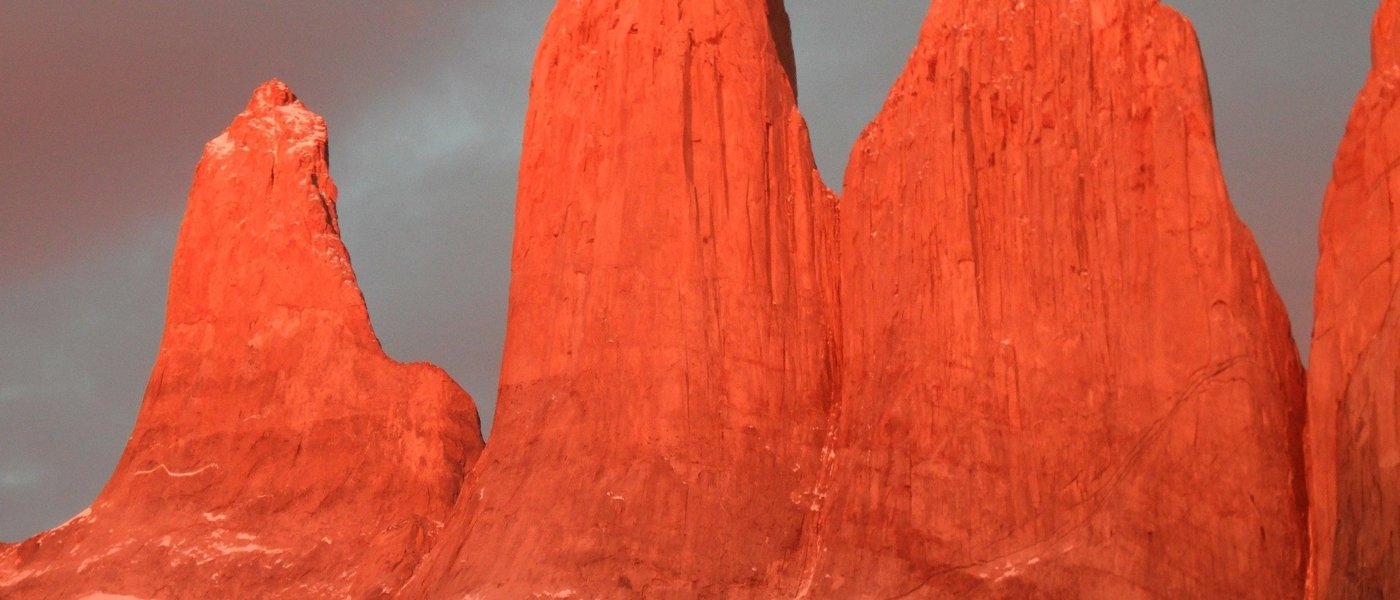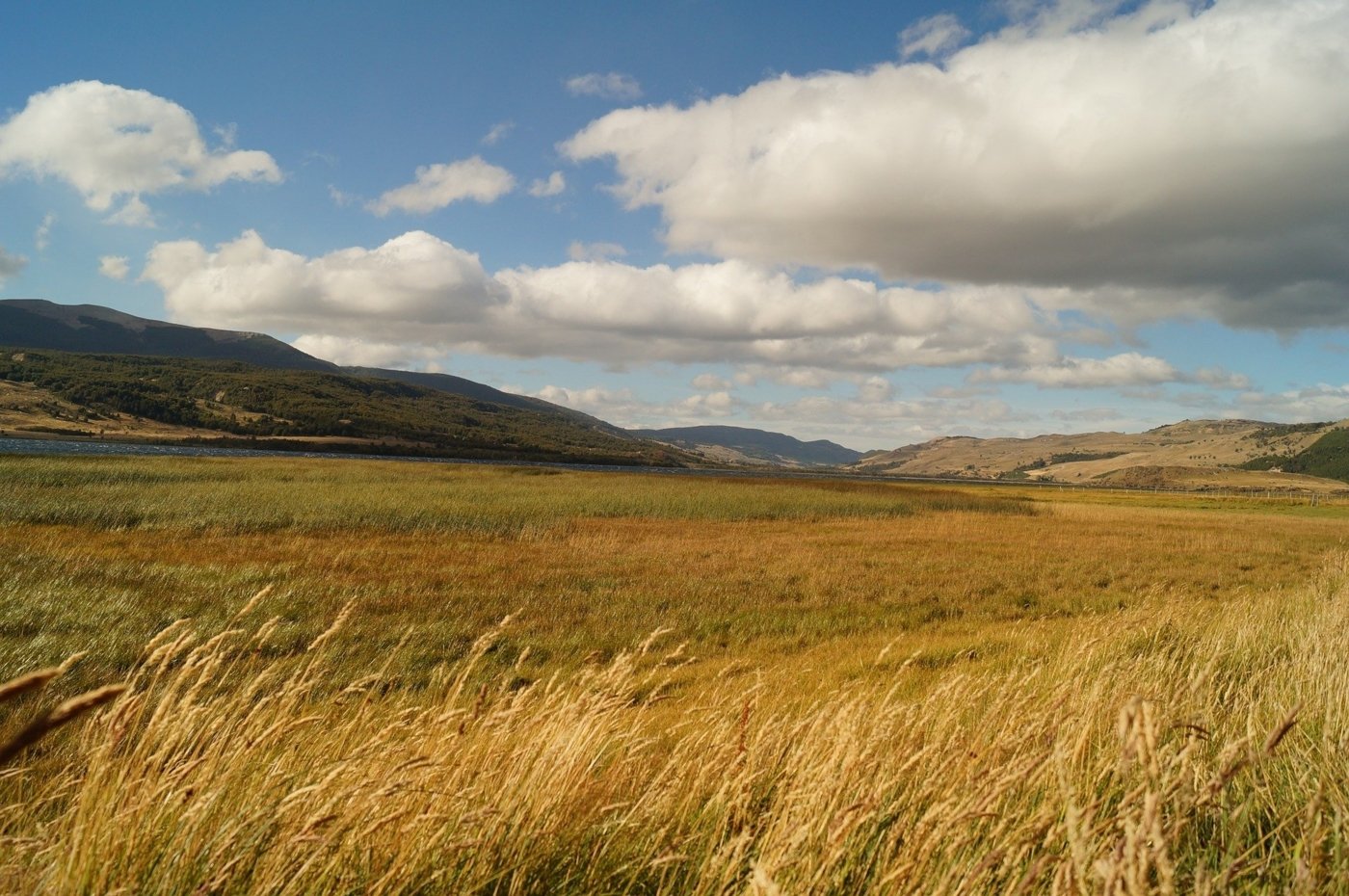Wedged between the Pacific Ocean and Andes mountains, the Maule Valley wine region is equally renowned for its natural beauty and rural charm as it is for the hundreds of wine estates that litter its countryside. Maule is further south than prestigious districts such as Maipo and Colchagua, which share part of Chile’s internationally acclaimed Central Valley wine region. Maule wine may not be able to compete with the quality of Bordeaux-style red blends from its neighbours, but the region is undoubtedly moving in the right direction.
The Valley, which lies 290 kilometres south of the capital Santiago, can claim some of the country’s oldest vines, planted during the Spanish colonisation over a century ago – and careful winemaking practices have managed to tempt some world class red wines from old vine Carignan. Otherwise, traditional Chilean grape varieties such as Pais have been gradually replaced by more refined European incarnations. Cabernet Sauvignon is now the most widely planted grape in the country, although aromatic and spicy wines from Carmenere are most typically associated with the Maule Valley wine region. Because of its southern location, the Maule Valley is slightly cooler than its northern counterparts and has higher levels of rainfall during the winter months. The climate also features a great difference in diurnal temperatures, which extends growing seasons and creates Maule wines with a balance between ripeness and acidity.
Although the Maule River moistens the region, many of the vineyards in the valley are dry-farmed to increase the grape’s intensity, a process where the vines are starved of water to produce lower yields of intensely concentrated grapes.
Despite being the country’s oldest wine growing region, Maule is still a work in progress that has fallen behind many of the Central Valley’s finest in terms of both quality wines and the area’s accommodation for wine tourism. In part, this is due to a significant earthquake in 2010, which cost one winery an 80,000-bottle collection and left hundreds of workers in the region homeless. The nearby city of Talca, which is often used as a base to explore Maule wine, also lost its historic market place, museum and hospital. Nonetheless, prestigious wine makers including the likes of O. Fournier, J. Bouchon and Gillmore still have prosperous estates in the region. Most wineries are open to visitors all year round, and can be explored as part of a variety of wine tours that include walking tours, tours by bicycle and on horseback.
The best time to travel to the Maule Valley wine region is between November and April – while the annual harvest usually takes place in March. Another date for the wine enthusiast’s diary is the second Saturday in November when the Noche del Carmenere (‘Night of Carmenere’) is celebrated and local growers gather to decide the Carmenere of the year. Because the region has been unfairly overlooked, several local wine makers have grouped together to form a wine route under the Ruto del Vino banner. Most of these producers are small, family owned estates, but it is their passion and determination that is helping the Maule valley to showcase its true potential.
If you're interested in one of our Chile Wine Tours, please visit this link.







